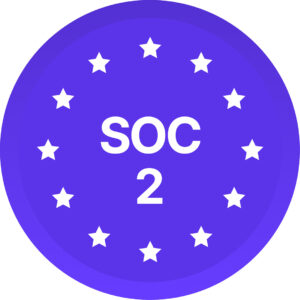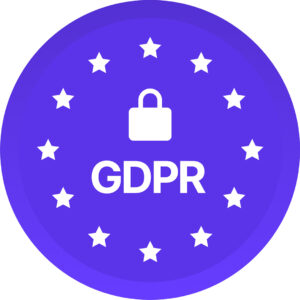To better understand why we think in certain ways and have inevitable unconscious biases towards communities and individuals that are different to ourselves, it’s important to delve deeper into how language and content shapes our perceptions.
In doing so, we can become more open to diverse perspectives and become better allies to underrepresented communities.
The Influence Of Language And The Need For Flexibility
The relationship between language and thought has been the subject of debate for many years. Some researchers argue that language shapes the way we think, while others believe that language simply reflects pre-existing thought patterns.
Having said that, developments within the field of diversity, equity, and inclusion brings new complexities to light.
As we become more thoughtful about historical social norms and binaries, more and more people are understanding their identities and authentic selves as being different from what society has preconditioned us to believe. As our perceptions around this are progressing quickly, the languages all over the world in which humanity uses to communicate are not developing at the same rate and this can often lead to confusion and misconceptions.
In the DEI field, it has become clear that language must continue to become more flexible to accommodate different identities, and to withdraw historical terminologies that are discriminatory to certain communities and cultures. In addition to this, it’s important for us to remain open to different perspectives including those that may be addressing a topic that requires new language, language we’re personally not as familiar with yet, or other forms of communication.
Understanding Our Exposure To Content And The Impact It Has
Content includes different mediums such as books, music, film, art, and social media.
With the increasing dominance of the digital world, it’s more important than ever to bring the topic of personal data and content algorithms to the forefront. Many of us are unaware of the extent to which the content we’re exposed to is specifically targeted to us using our personal data to show us things we’re most likely to consume or interact with. As a result, we are given more of the same content that we engage with, which can reduce the diversity of the information we consume and hinder the progression of our perspectives on the world.
In modern times, most of the population are consuming huge amounts of information and content from different mediums every day. With such dominating frequency, it’s arguably inevitable that content will shape the way we think each day, and will also shape the way we think in the longer term.
The access that we have to all of this content can be valuable in widening our perspectives and allowing us to learn new things quickly, but it can also make it much easier to spread and consume harmful misinformation, which can in turn hinder progress within the diversity, equity, and inclusion space.
What control do we have over the influence of content on our thinking?
The content we consume is created by humans, who have their own motivations, biases, and flaws, so it’s good to consume a range of content and make our own judgments with an open mind. Most of the information we consume is driven by opinion rather than fact, and it can be easy to forget this as we move through our day to day lives, so being actively mindful of this can help us to reduce biases and discriminatory thinking patterns.
As an increasing amount of content in all different forms will be created using artificial technology (AI), the same inherent biases and discriminatory logic apply, and it’s important to be thoughtful of this when considering how we allow our perspectives to be shaped by the content we consume.
A lot of the influence of language and content is subconscious, and to a degree is out of our personal control, but there are things that we can take back control over.
One of the most impactful things we can do is actively seek and consume more diverse content from a range of sources and creators. This can help to stop digital algorithms from giving us biased and one-sided perspectives. In doing this, we can learn more about the world from different viewpoints and start to understand things that we previously wouldn’t have considered.
Further to this, challenging our own thought processes and purposefully recognising our internalised biases is a great way to remain open to new & diverse perspectives, and break any thinking patterns that may be harmful or dismissive of certain communities.
Do you think Unconscious Bias training would be valuable for your organisation to help you to build a more inclusive workforce? Get in touch to learn more about Diversio’s training packages!
Diversio is the people intelligence platform that measures, tracks, and improves Diversity, Equity, and Inclusion (DEI).
By connecting artificial intelligence (AI) technology, sophisticated data analytics, and knowledgeable subject matter experts, Diversio is able to accurately diagnose your pain points, benchmark you against peers, and create a robust action plan that will meet your DEI goals. Through the unique combination of technology and human expertise, Diversio is driving meaningful impact for hundreds of organizations across over 35 countries globally.
Diversio – The Diversity Data Experts™
For more information on Diversio, or how we can help you start your DEI program contact us at info@diversio.com

